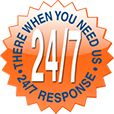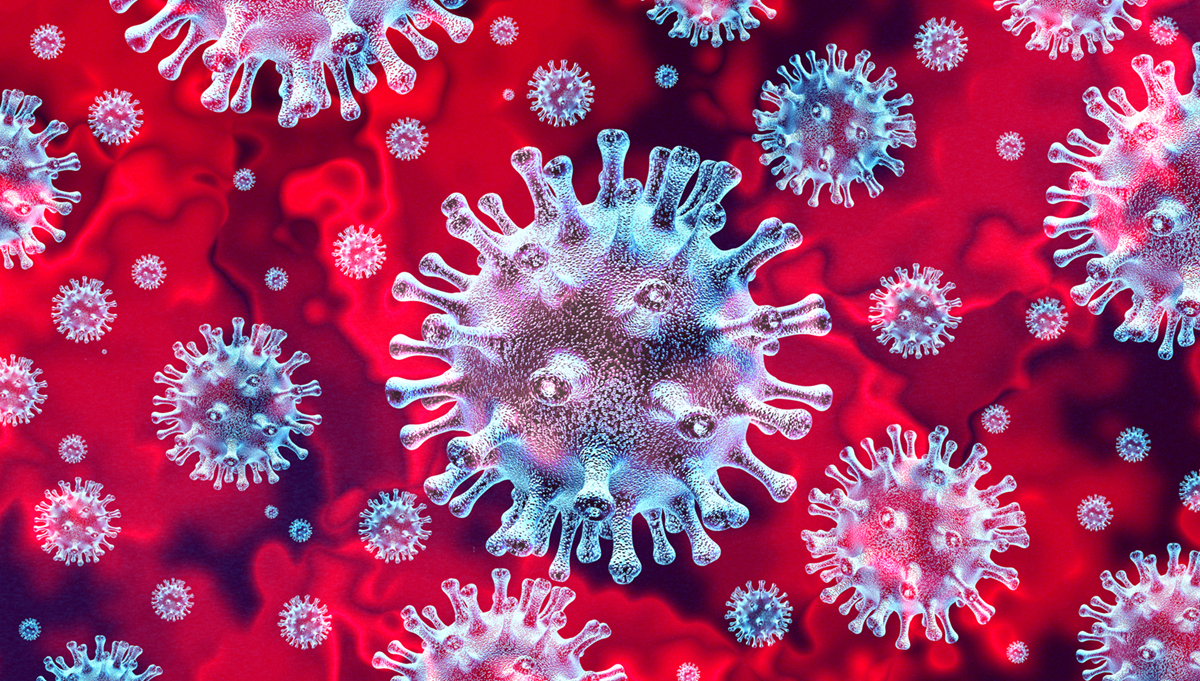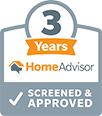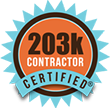A fireplace is one of the leading causes of house fire in the cold weather months. Avoid the pitfalls of fire and smoke damage with these five steps.
Before you light your first fire of the season, follow these tips to be sure your fireplace and chimney are in good shape.
#1 Check the Firebox
Be on the lookout for gaps, cracks, and signs of wear on the lining of the firebox. Seeing the steel sheath beneath the lining is a clear sign that your lining is impaired. A corroded lining can cause excessive heat to build up inside causing fire and smoke damage.
#2 Smoke Stains on Fireplace
Smoke leaves its mark. If you see smoke stains on the ceiling it could mean smoke is making its way through cracks or gaps betwixt the hearth and firebox. Hearths in older homes commonly pull away from the firebox during settling. When this occurs, sparks can fall into the crevasse and up goes the smoke. Unfortunately, if this is happening, you will need a professional to fix it.
If you notice smoke stains on the outside of the hearth above the fireplace itself, it may be the flue damper. In this case, the damper can be hand-operated to help control the airflow into the fireplace. Oftentimes the damper mechanism can become caked with soot and crud that keeps it from working properly. If this is the situation, smoke can plume out of the fireplace causing smoke damage and odors that permeate the home and its contents. Call a professional or handyman to repair the damper mechanism before using the fireplace.
#3 Inspect the Fireplace Chimney
Okay, you may not want to get up on the roof to look down the chimney. However, you should not simply disregard it. Inspecting the chimney is one of the most important things you can do before lighting a fire in your fireplace. The National Fire Protection Association (NFPA) recommends an annual inspection by a qualified professional. Simply guessing that your chimney is in working order is what helps to account for an average of 22,300 chimney fires annually, according to the CSIA.
Use these tips to avoid fire disasters and you will enjoy a safe and cozy cold weather season. If, by chance, you experience smoke and fire damage, call the experts at Advance Restoration for cleanup and restoration help. 866-465-2409.
















